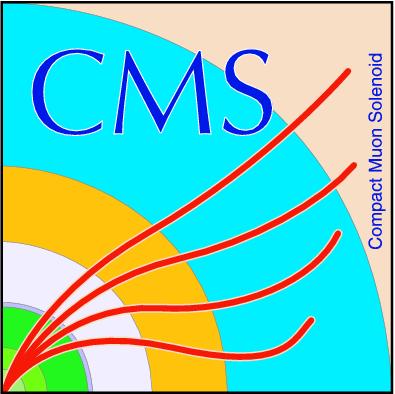

Compact Muon Solenoid
LHC, CERN
| CMS-PAS-HIG-24-004 | ||
| Model-independent measurement of the Higgs boson differential production cross section in association with two jets in the WW decay channel | ||
| CMS Collaboration | ||
| 7 April 2025 | ||
| Abstract: A model-independent measurement is presented of the differential production cross section of the Higgs boson decaying into a pair of W bosons, with a final state including two jets. The analysis selects events where the decay products of the two W bosons consist of an electron, a muon, and two neutrinos. The study is based on proton-proton collision data collected by the CMS detector from 2016 to 2018, corresponding to an integrated luminosity of 138 fb$ ^{-1} $. The production cross sections are measured as a function of the difference in azimuthal angle between the two jets. The differential cross section measurements are further used to constrain Higgs boson couplings within the SM effective field theory framework. | ||
|
Links:
CDS record (PDF) ;
CADI line (restricted) ;
Paper not found The superseded preliminary plots can be found here. |
||

|
Compact Muon Solenoid LHC, CERN |

|
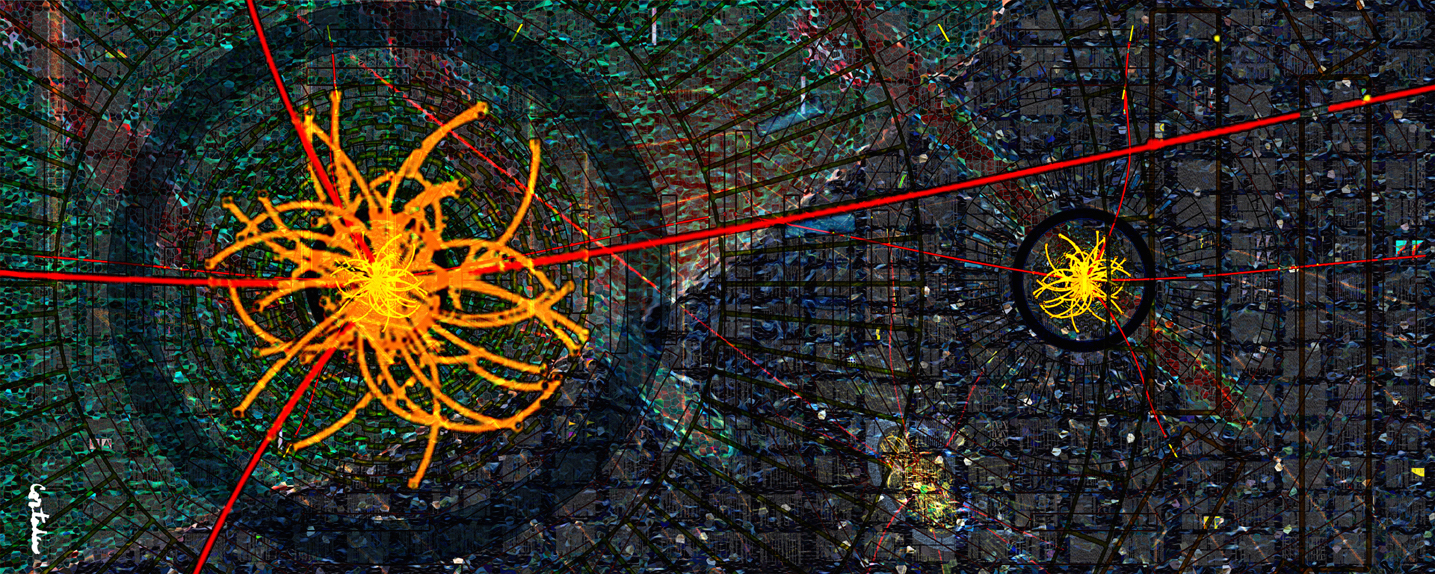
|
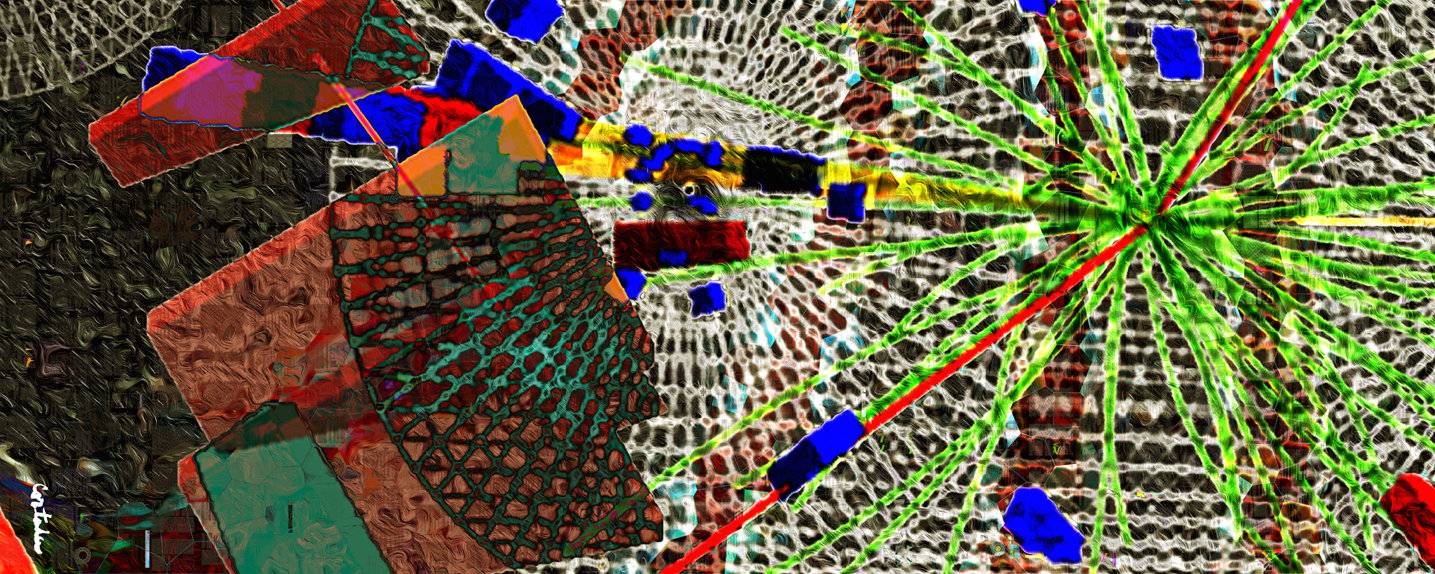
|
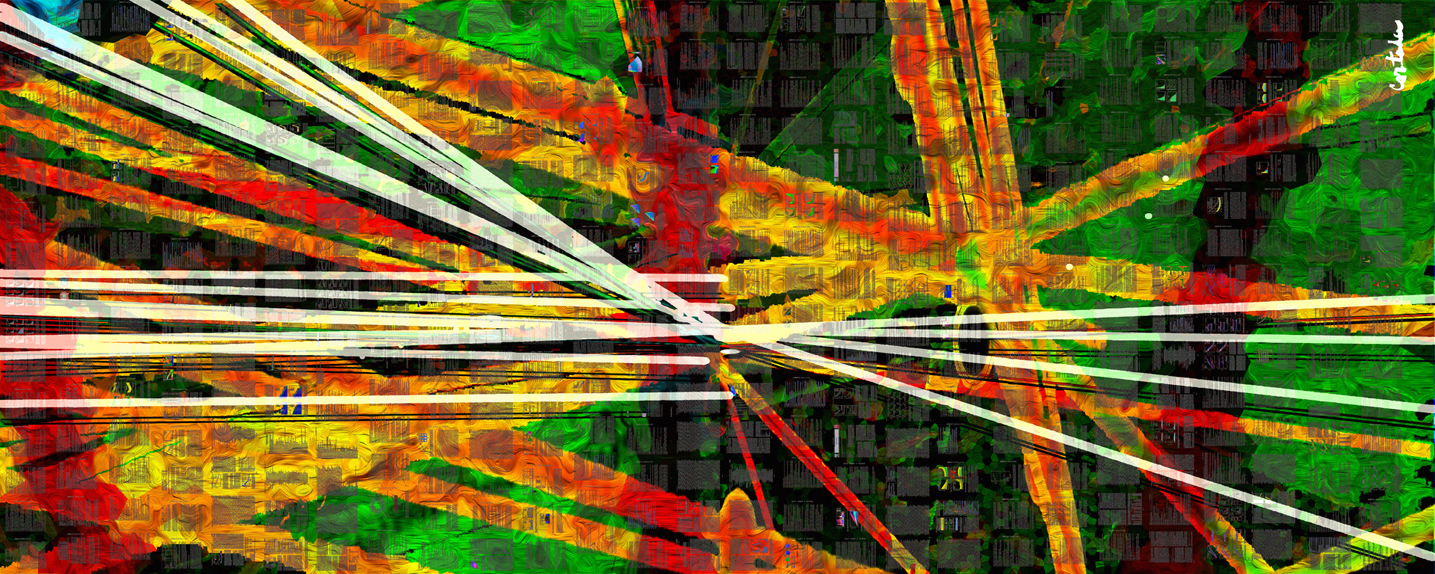
|
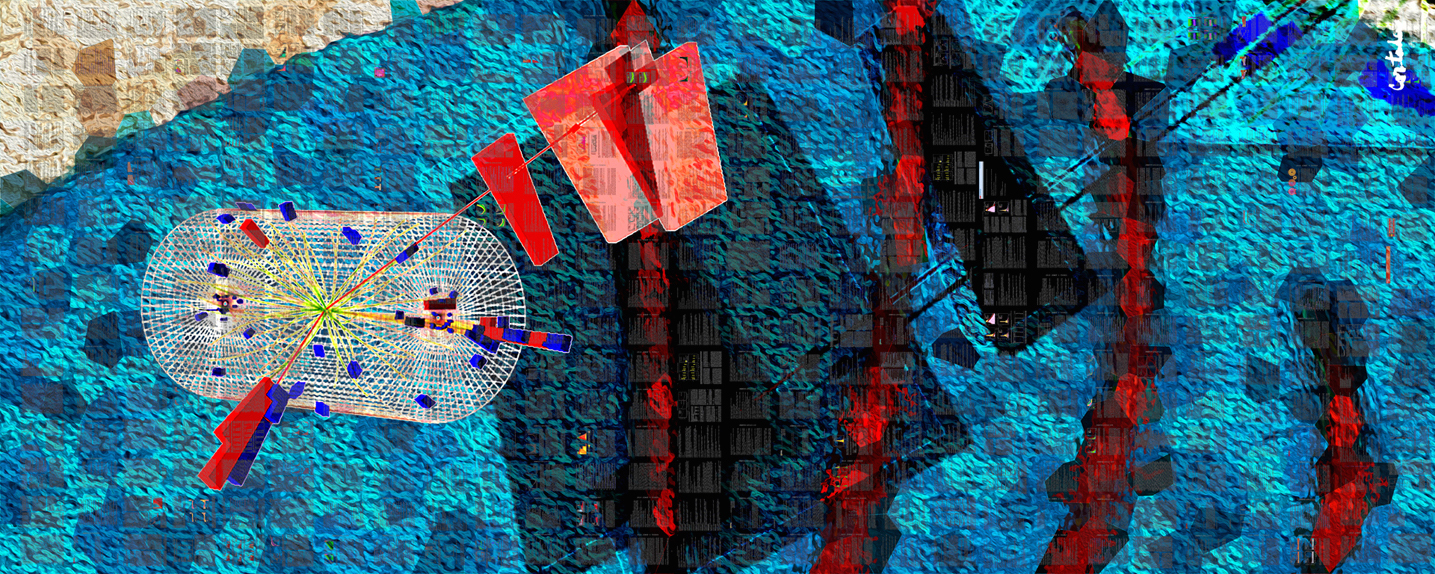
|
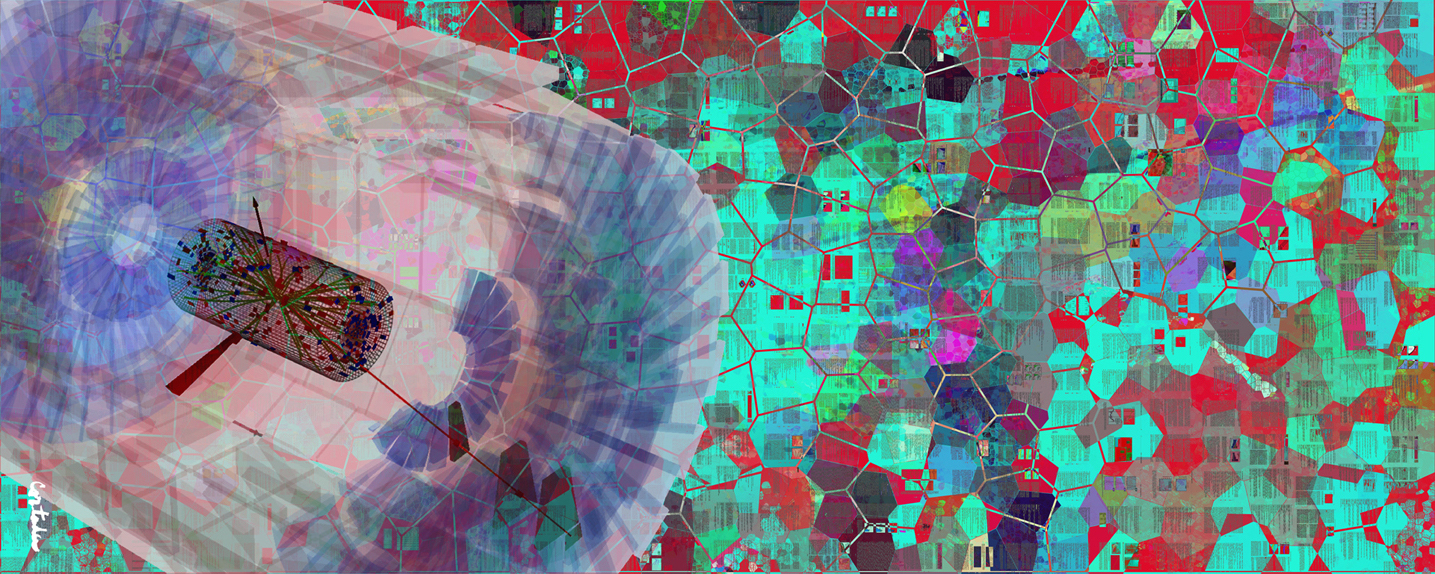
|